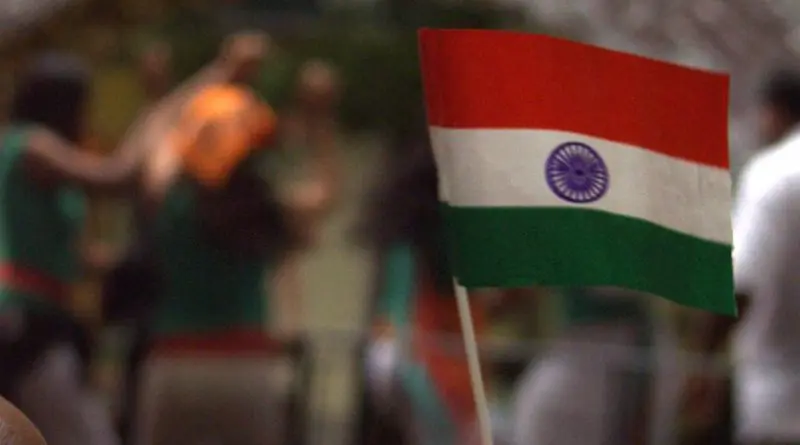Rise Of The Vainglorious Policeman – Analysis
India’s not so glorious counter-insurgency (COIN) history has stories of police officers who gave direction to the faltering campaign of their predecessors, mobilised the limited resources at their disposal, negotiated well with their political masters, convincing them of the need to effect a course correction, and pursued a ruthless and yet determined campaign to root out insurgency. Some succeeded and some did not.
However, the urge to become such officers with their names going down in history continues to inspire the Indian Police Service (IPS). It is also true that the zeal to bring left-wing extremism (LWE) to an end has facilitated the rise of some such police officers whose unaccountable ruthlessness has become an end in itself. The sooner the state realises the danger of resting its hope on the shoulders of such officials, the better it would be for the campaign to defeat LWE.
It is a doctrinal flaw to assume that COIN campaigns can be clean wars devoid of incidents of human rights violations. These are violent contestations where extremists have violated every principle that differentiates them from terrorists, and the state has invariably been forced to adopt methods that on occasion find no mention in the rule books. In addition, the liability of fighting with ill-equipped, poorly-led and motivated forces, who often operate without their basic needs fulfilled, is bound to produce instances of high handedness. But what has been consistently reported from some of the LWE afflicted regions in recent times point to a dangerous trend affirming the allegations of some of the civil society activists. India’s war on LWE especially in states like Chhattisgarh is turning out to indeed be a war on the people who have valiantly chosen to point to an alternate method of conflict resolution.
What is explored in this paragraph and below explains the extent to which the ongoing conflict has allowed police officials to assume extraordinary power without an iota of accountability. A particular senior police official in the state of Chhattisgarh has been accused of direct and indirect association with the sexual abuse of tribal women. False surrenders of people not associated with extremism have been organised to shore up support for the state. Under the said senior police official’s command, innocent tribals have been imprisoned and killed after being falsely accused of sympathising with LWE. Included in the COIN method devised by him is the unique technique of male security officers pressing the breasts of tribal women to differentiate the lactating ones from the extremist cadres who the police believe undergo abortions and are thus never pregnant.
Under his direction, the COIN campaign has been outsourced to vigilante groups who unleash their ire and a misconstrued sense of nationalism on activists and media persons. Under his command, a large chuck of COIN activities are also directed at the so called ‘extremist sympathisers’. Security forces have in full media glare organised the burning of the effigies of prominent social activists and academicians, an unprecedented development in the entire history of COIN. Under instructions from the said official, the Chhattisgarh police has filed false charges against Delhi University and Jawaharlal Nehru University professors, accusing them of soliciting support for the extremists. Other police officials of the rank of superintendent of police have regularly used social media platforms to issue threats to the vernacular media reporting on the ground. To ensure that negative reportage about the police is nipped in the bud, the entry of media personnel and activists into the LWE affected areas is regulated and is possible only after permission from the police.
These police officials have been hailed as role models by the highest political office in the state, lest their actions are construed as isolated acts without the knowledge and complicity of the ruling class. Some of them have been awarded the with president’s medal for bravery, and have reportedly also been assured of protection from human rights groups. Notwithstanding the persistent demands for their transfers from various quarters, the chief minister’s office has clarified that these police officials remain integral to Mission 2016, an ambitious project of the police establishment in the state to get rid of the LWE problem. With barely a month to go before the year ends and extremism still retaining its firepower, the Mission has been extended for another year or two.
For an apt illustration, the anti-LWE COIN architecture in states like Chhattisgarh can be compared with the fascist architecture of Hitler’s Germany. One of the objectives of erecting these monumental structures was to make the common man look and feel utterly small and powerless, incapable of even thinking of posing a challenge to fascist ideology. COIN, however, cannot be an oppressive, decimating and unaccountable project. It is about winning the hearts and minds of the people, and not alienating them. It is not about implementing a personal project of a particular police official, but to give shape to a well-thought out strategy that provides and assimilates alternative courses of action. How much harm has been caused to the anti-LWE campaign by these overzealous police officials is something that needs urgent calculation.
This article appeared at IPCS

